How to enter the Romanian market. Advice for the e-commerce industry
Romania – a Central and Eastern European Investment Hub
Among European economies, Romania’s has seen a rather steady growth, especially compared to pre-coronavirus periods. Various important international investments have been taking place there, for example in the IT industry and in logistics. The country is still developing fast, 35 years after the fall of Communism. While its economy can’t yet be compared to that of France, Germany, or Spain, it’s a solid middle power in that regard. For this reason, many businesses and investors are seriously considering expanding their operations into Romania. Are you one of them? All the more reason to read on!
Key Information About Romania
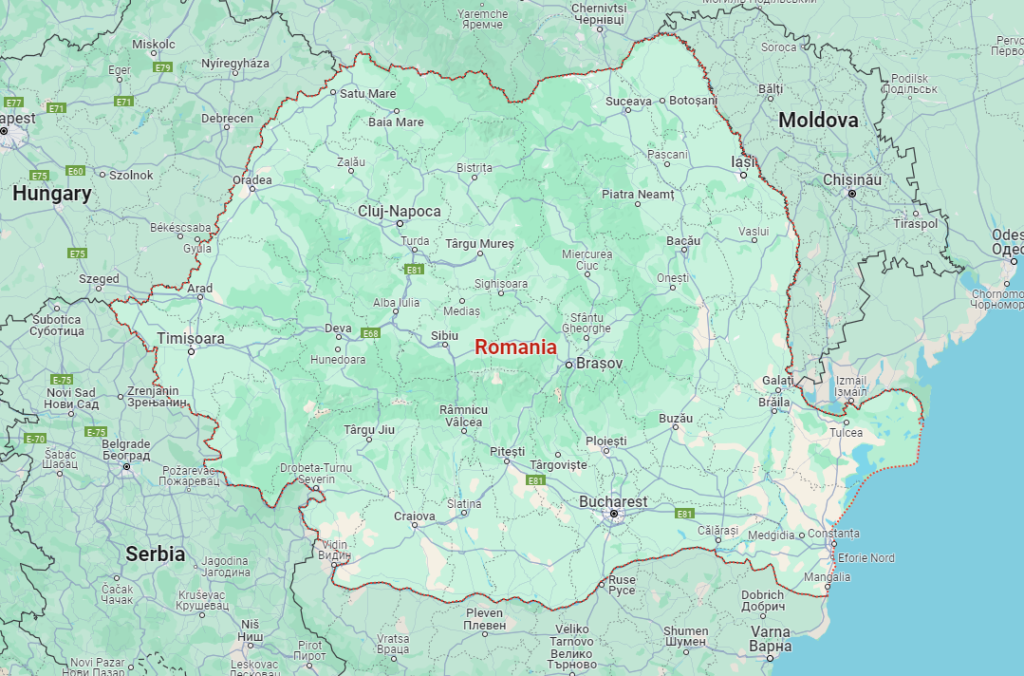
Source: Google Maps
Is Romania in the EU?
Since 2007, when it joined the European Union along with Bulgaria, Romania has been part of the group. Thanks to EU laws, any entity conducting business in one EU state may do the same in another. This makes expanding your business into Romania much easier. More specific information can be found for example here.
Is Romania in the Schengen Area?
Together with Bulgaria, Romania joined the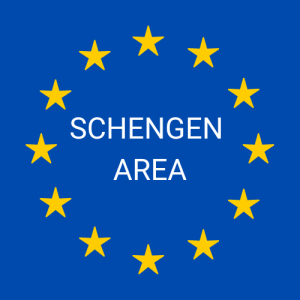 Schengen Area on 31 March 2024; however, for now it only applies to air and maritime borders. It means that when travelling by land, any person still needs to undergo passport control. This may change later in 2024, though. Importantly, within the Schengen Area, the transit of goods is as free as that of people. You can find more information on the topic of Romania and Schengen here.
Schengen Area on 31 March 2024; however, for now it only applies to air and maritime borders. It means that when travelling by land, any person still needs to undergo passport control. This may change later in 2024, though. Importantly, within the Schengen Area, the transit of goods is as free as that of people. You can find more information on the topic of Romania and Schengen here.
Currency in Romania
 The official currency in Romania is the leu (RON), subdivided into 100 bani. There are currently plans in force for the leu to be replaced by the euro in 2029.
The official currency in Romania is the leu (RON), subdivided into 100 bani. There are currently plans in force for the leu to be replaced by the euro in 2029.
General Economic Overview
VAT in Romania
Intra-EU sales VAT depends on whether you’re a private person buying goods or a trader and whether you’re purchasing goods or services. The rules naturally apply to Romania, an EU member state, as well.
VAT rates in Romania
As for specific VAT rates in Romania, they are as follows:
If you wish to learn more about VAT in Romania, we invite you to look here. If you’re interested in how VAT is calculated within the European Union, visit the EU’s website.
Legal Requirements
Data Protection and Privacy
Due to Romania’s membership in the EU, all General Data Protection Regulation (GDPR) provisions apply there. The main legal bases on which data may be processed, therefore, are:
- consent of the subject;
- contractual necessity;
- compliance with a legal obligation;
- protection of the data subject’s vital interests;
- performance of a task carried out in the public interest;
- the data controller’s legitimate interest.
Romania has its own data protection supervisory authority called the National Supervisory Authority for Personal Data Processing (Autoritatea Naţională de Supraveghere a Prelucrării Datelor cu Caracter Personal).
Consumer Protection
The chief Romanian institution responsible for consumer protection is the National Authority for Consumer Protection (Autoritatea Națională pentru Protecția Consumatorilor). According to the Romanian law, the main consumer rights are:
- to be protected against the risk related to a product purchase;
- to be fully informed of the characteristics of products and services;
- to have access to a wide range of quality products and services;
- to be compensated for the damage caused by the poor quality of the goods and services;to organise oneself in consumer associations.
Additionally, EU consumer laws apply in Romania as an EU member state.
Detailed information on consumer protection in Romania can be found here.
Customs and Import/Export Regulations
If you plan to sell products in Romania, and you’re based in another EU country, you must be wary of thresholds above which you must report your trade flows to the Intrastat. They are set by individual EU member states. In Romania in 2024, the annual thresholds for both total import and export value amount to RON 1,000,000. As a side note: officially, intra-EU transactions are not termed “imports” and “exports”, as this is applied to sales from outside the EU. One of the European Union’s basic rules is the free movement of persons and goods. It means that for internal EU transactions, no duty is generally due. An exception are certain chemicals and excised goods, such as alcohol. However, if you’re located outside the EU, you may be interested in reading a comprehensive summary of rules for transactions from non-EU states. You can find more information about EU’s (and, therefore, Romania’s) customs rules here. The country’s Intrastat institution’s website is here.
E-commerce in Romania
The digital infrastructure, including the penetration of the internet in most of the country, has led to an increase in online orders – also in rural areas. As for the whole outline of business in Romania (not limited to online shopping), the most popular products sold in 2023 were:
- mobile phones and tablets;
- TV sets;
- laptops;
- large appliances, such as refrigerators or washing machines.
In 2023, the most blooming segment of e-commerce was children’s articles. Conversely, the online fashion industry experienced a drop of 10%. Still, clothing, footwear, and accessories continue to be extremely popular online shopping choices.
Unsurprisingly, the Millennial and Gen Z generations are the most active segment of the population as far as e-commerce is concerned.
Online food delivery is quite popular in Romania, with operators such as Glovo providing the services to customers. KFC’s website has been the most visited online delivery place in Romania.
Mobile Commerce
Mobile e-commerce is on the rise in Romania, similarly to other fast-developing Central and European countries. In fact, mobile devices are currently the preferred method for Romanians when it comes to online shopping.
Payment Methods and Logistics/Delivery
Although there is an increase in card payments at the time of ordering, in Romania, the pay-on-delivery option is still prevalent. People prefer to pay on delivery, either in cash or by card, especially for their first orders from an online shop or if the shop does not have a reputation or is not well-known.
The decision to pay in cash or by card on delivery is also conditioned by a given courier company – not all have implemented mobile POS systems. Customers also appreciate the option to pay in instalments, as well as free returns.
Apart from cash and card payments, certain contactless payment methods are also used – including PayPal and Apple Pay.
E-commerce logistics and delivery have been steadily improving. Efficient shipping is easily available, including same- or next-day delivery in major cities. EasyBox lockers (similar to Polish Paczkomaty) are becoming increasingly popular.
Marketplaces in Romania
In terms of numbers, the Emag.ro website gains over 45 million monthly visits, of which two-thirds come from Romania. It generated over a billion US dollars in the Romanian market in 2023. According to ECDB, the biggest segment of purchases was electronics.
Consumer Behaviour and Preferences
Romanian is the official language of Romania, but other languages, particularly Hungarian, are also frequently spoken. Nowadays, many Romanians speak English (31%), but older people in rural areas are much less likely to know this language. Thus, translating content and product descriptions only into English may not be sufficient. On the other hand, if your website already has a Hungarian version, it may be easily adjusted to the Romania-based Hungarians’ needs. If you’re looking for an agency that can provide you with English-to-Romanian translation (or any other language pair translation, for that matter), contact us!
Around three-quarters of Romanians actively use social media – which is more than the number of people buying goods online. Among the most popular platforms are YouTube, Facebook, TikTok, and Instagram. Interestingly, TikTok seems to be more popular in Romania than in other Central and Eastern European countries such as Poland. Meanwhile, Instagram is the most popular among the youngest segment of the population. Make sure to keep that in mind when planning your online campaigns.
FAQ
While every industry is different, doing business in Romania is as safe as in any Eastern European country such as Poland, Czechia, or Lithuania. The information contained in this article sufficiently shows that e-commerce in Romania is a viable option for all businesses wishing to expand towards the Eastern part of Europe.
If you’re based in the European Union, there’s nothing that really prevents you from opening a branch or simply shipping goods to Romania. EU laws and principles – mainly its freedom of movement of goods – enable smooth operation for all European Union companies. If you do business outside the EU, you may encounter a few hurdles, but the example of international corporations being present in Romania – including companies from the USA or Great Britain – is evidence that this is perfectly achievable, and without too many inconveniences.


 Location: Central and Eastern Europe, on the Black Sea and Danube. A part of the Carpathian Mountains range is located in Romania. The country borders Ukraine, Moldova, Bulgaria, Serbia, and Hungary
Location: Central and Eastern Europe, on the Black Sea and Danube. A part of the Carpathian Mountains range is located in Romania. The country borders Ukraine, Moldova, Bulgaria, Serbia, and Hungary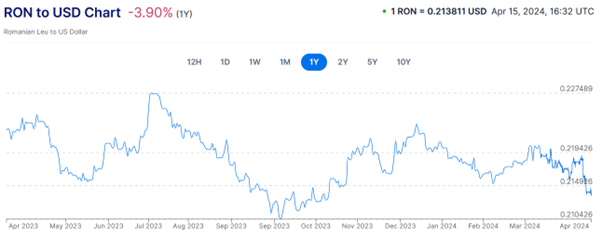
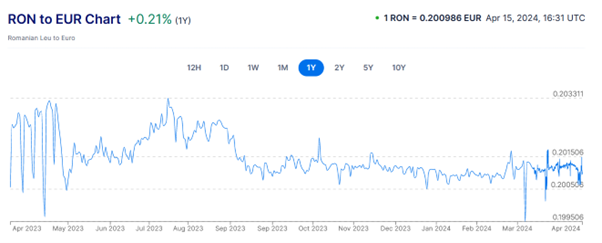

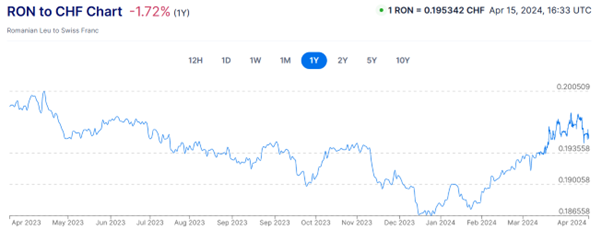
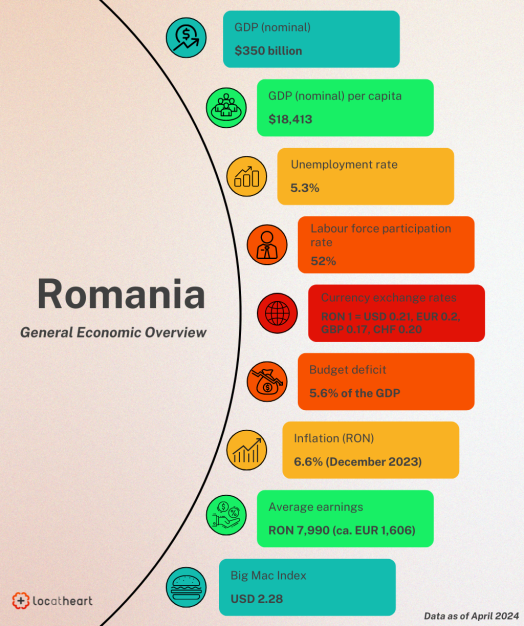


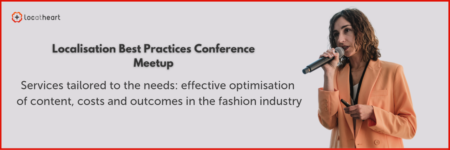

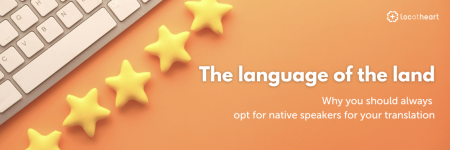
Leave a Reply